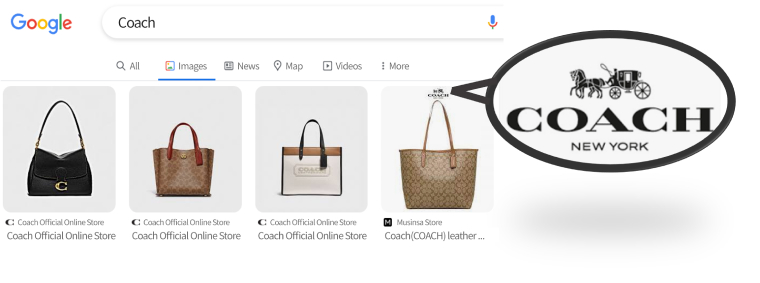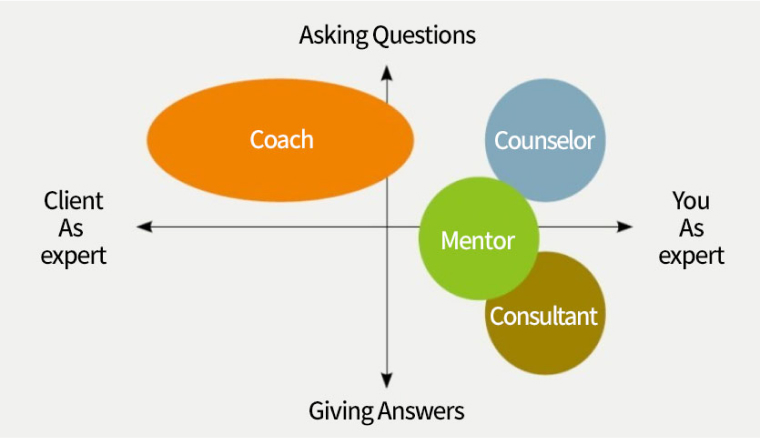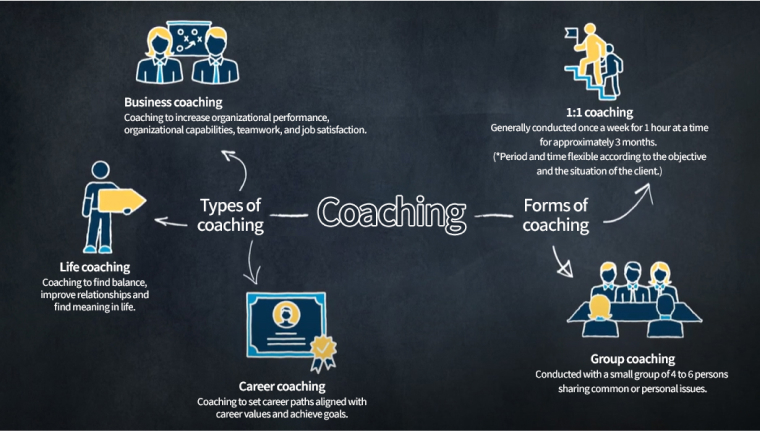

Understanding the Basics of Coaching

Columnist | Introducing the columns written by member of Amorepacific Group
Part 1. Understanding the Basics of Coaching

Amorepacific Leadership Development Team
To start, let's first talk about the origin of the word “coach.” When you search for “coach” on the web, you will see images of the familiar logo of a popular handbag brand, known for its “carriage” mark. So, what is a “carriage” doing in the logo of the “Coach” brand?

The origin of coaching, from ‘carriage’ to ‘person’

▲Source : www.mydtconnect.org/ORIGINS-OF-COACHING(left), pixabay.com(right)
The difference between coaching/mentoring/consulting/counseling

▶ A coach can be either a cycling expert or a non-expert. A coach doesn't provide direct answers to the client but helps them establish their own goals and find ways to ride a bicycle through questioning and active listening. In other words, coaching takes on a person-centered approach.
▶ A mentor or a consultant, on the other hand, is a cycling expert. They directly provide clients with specialized knowledge and solutions related to cycling. In other words, problem-solving is at the center of this approach.
▶ Coaching is a future-oriented activity. It involves helping clients set goals and develop specific plans to achieve the desired level of proficiency in bicycle riding.
▶ Counseling is a past-exploratory activity. Its purpose is to examine the anxieties or concerns clients experience while riding a bicycle and explore the underlying causes in order to alleviate distress and frustration.
▲Source : CMOE, a professional coaching organization http://cmoe.co.kr / Korea Social Coaching Association http://scoach.or.kr/

▲Source : Getting Started in Personal and Executive Coaching, Stephan Fairley and Chris Stout, Wiley
An activity based on the belief that “the client has the answers.” It utilizes questioning and active listening to help the client find their own answers, establish future-oriented goals, and develop a sense of self-efficacy * and growth in the process.
Types and forms of coaching
Second, life coaching aims to help find a balance, discover meaning in relationships, and explore the purpose of one's life.
Third, career coaching focuses on setting career paths aligned with personal values and achieving career goals.

▲Source : Official YouTube Channel of Korea Coach Association (https://www.youtube.com/watch?v=CJJgYsHD76g)

▲Source : Incoaching IPC_Innovative Corporate Coaching Practices
-
Like
3 -
Recommend
2 -
Thumbs up
1 -
Supporting
2 -
Want follow-up article
1
Array ( )



